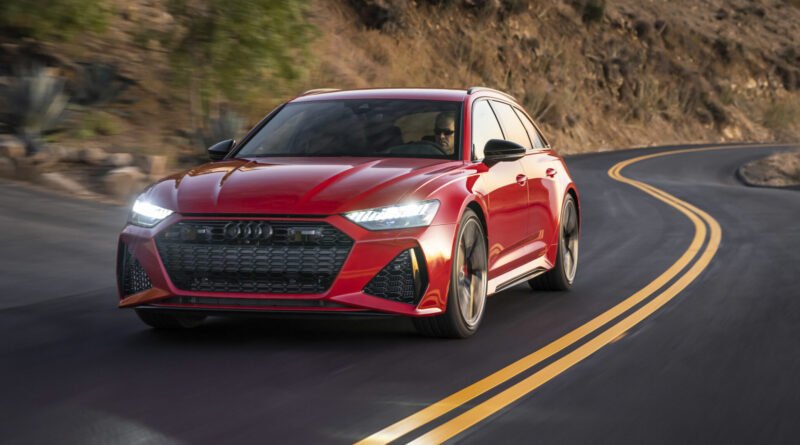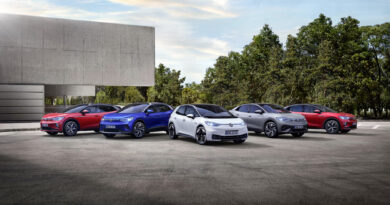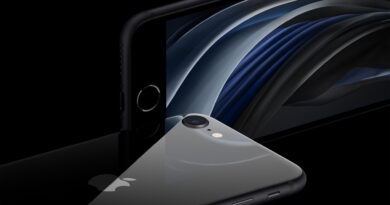Giddyup! Audi confirms plug-in RS hybrids
Models in the super-sport Audi RS range are set to go plug-in hybrid to capitalise on the technology’s performance and emissions advantages.
Currently, the RS line-up comprises five-, six-, eight- and 10-cylinder petrol-engines with not a skerrick of electrified assistance in sight.
As a result, fuel consumption claim for a V8 RS6 wagon is officially 11.7L/100km and CO2 emissions 268g/km. That’s official folks, not the real world.
But during a digital press conference for Australian automotive media last week, it was confirmed Audi Sport, which develops RS models, would soon be rolling out plug-in tech.
Want the latest EV news and reviews delivered directly to your inbox? Subscribe to our weekly newsletter!
“We will have something up our sleeve because in the future we will also have a performance plug-in hybrid,” Ekkehard Kleindienst, an Audi Product and Technology Communications spokesman, said via a translator.
“These are really born and bred RS models and real RS models coming with a plug-in hybrid powertrain.
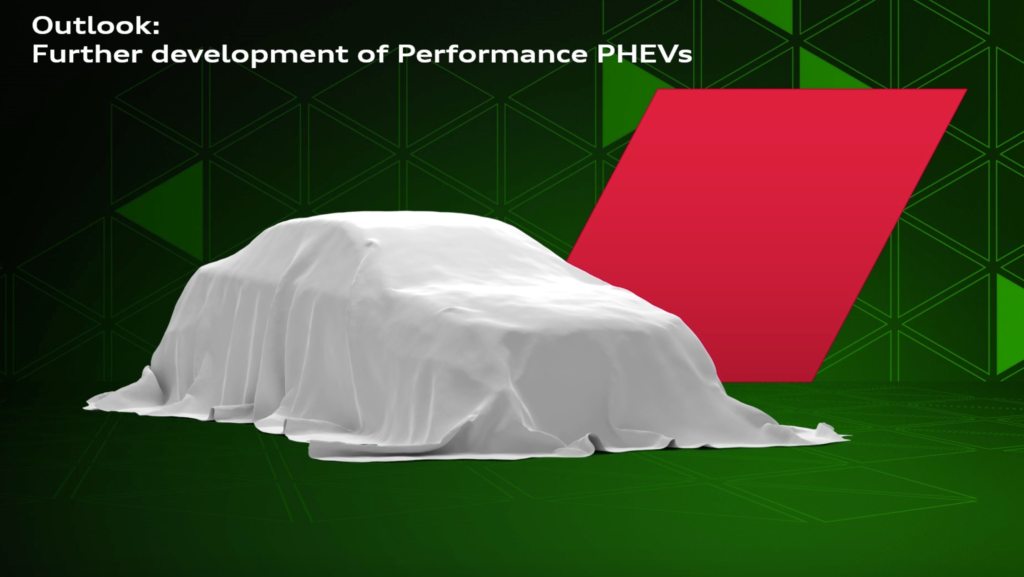
“And with that we can increase efficiency, but also give the customer a quite new drive experience; the combination of an electric motor and a combustion engine.
“And that is also the emotional appeal of the combustion engine while at the same time of course being quite consistent in pursuing our electrification strategy.”
Adding plug-in capability to its RS line-up makes sense for Audi because it’s already embracing the technology throughout its mainstream range.
During the media session it was confirmed the Q3 and Q8 SUVs would add PHEVs this year, along with the previously-announced A3 small car.
These models will join the existing European PHEV line-up that includes the A6 and A8 passenger vehicles, A7 Sportback and Q5 and Q7 SUVs. All bar the A8 come in a choice of lower-powered comfort or higher-powered sport tune and are mated with all-wheel drive.
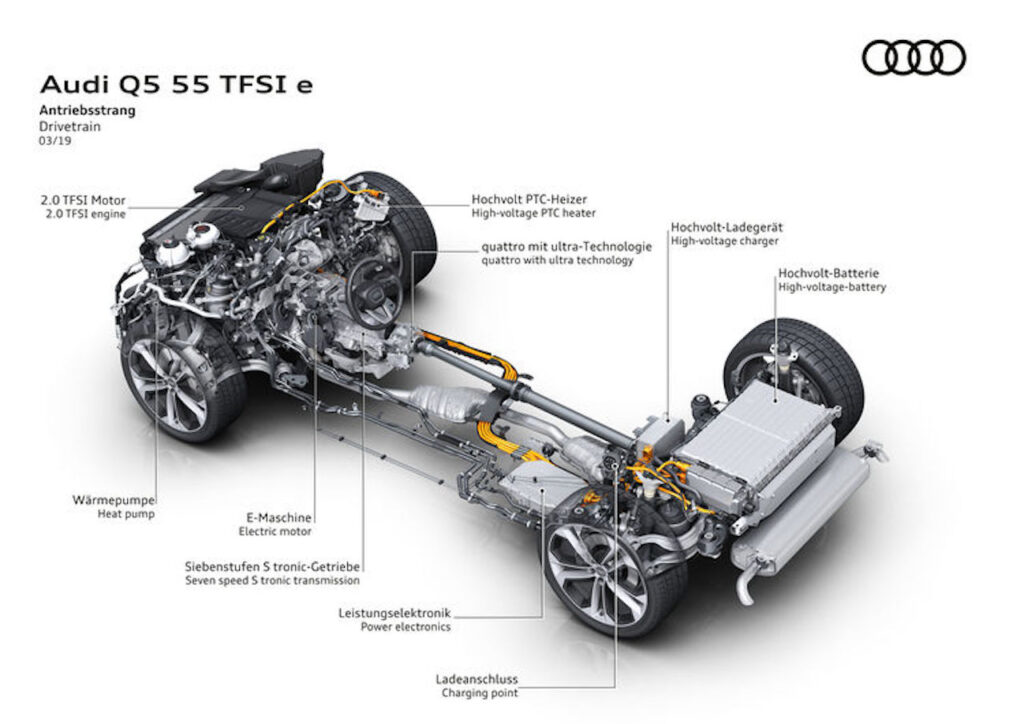
In Australia, there are no PHEV models on-sale since the previous generation A3 e-tron and Q7 e-tron were discontinued.
Instead, Audi Australia is making the jump straight to battery electric vehicles with the e-tron and e-tron Sportback that launch within weeks locally.
“That’s definitely our focus for now, but clearly on the roadmap to electrification over the next five to 10 years models like this (PHEVs) will take up a proportion of that electrification,” said Audi Australia spokesman Shaun Cleary.
“It’s something we will be rolling out in future years.”
All current Audi PHEVs combine petrol-turbo four- or six-cylinder ICE with an electric motor outputting up to 105kW and liquid-cooled lithium-ion battery pack in the boot with a capacity of 14.1kWh or 17.3kWh.
Current range is 40-50km, but Audi says it wants to improve that to 80km by growing battery density but not size..
That’s a strong indication that Audi sees PHEVs being an ongoing part of its model line-up, not a transitory tech on the way to pure electrification.
“For us the plug-in hybrid is anything but a transitional technology,” Bernhard Decker, Audi Technical Project Manager Electrification, said via a translator.
“It is a technology here to stay and it is a sensible addition to our powertrain line-up, because at the end of the day for CO2-neutral mobility it is a key component.
“There are those that drive daily long-commutes, they go cross-country, they hit the city. Cross-country they can use the combustion engine or the hybrid mode, while in the cities they can drive with zero emissions.
“We are talking about having the combustion engine banned from cities, making this a key argument for the plug-in hybrid and the sustainability of the plug-in hybrid.”
Decker was also keen on the RS PHEV concept.
“With the RS models we have high performance powertrains, they are simply now added with the electrification which of course adds further torque at zero engine speed and so that is a real super option.
“This in combination with an electric range is a super-convincing offer.
“It’s a great feature we want to offer the customers, also with the emotional appeal with a forward-proof set-up.”

